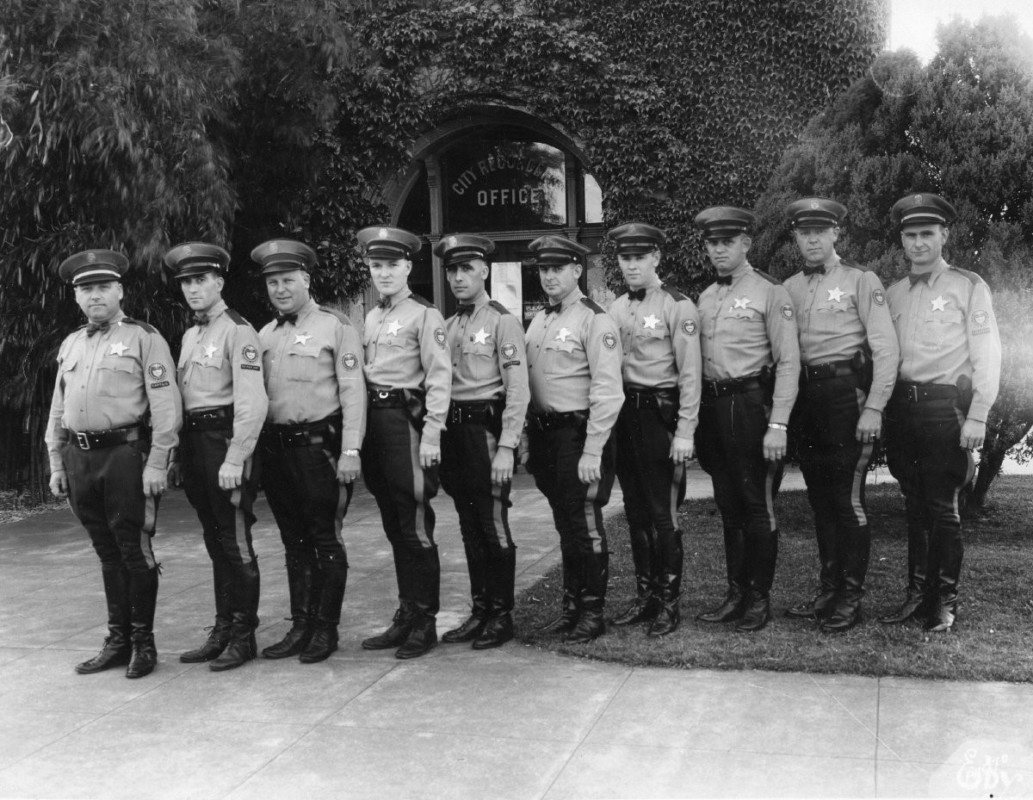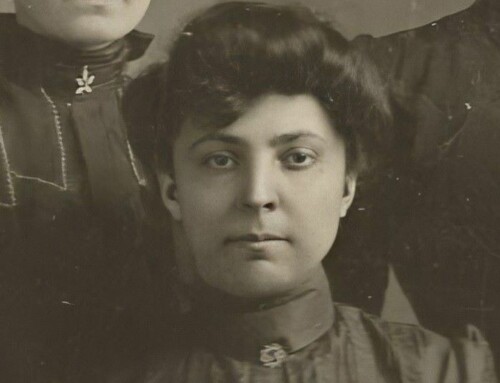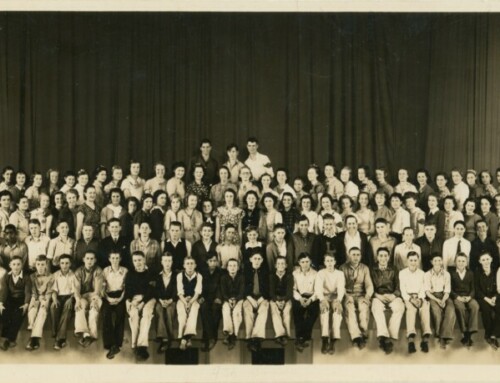In a powerful, tough-on-crime 1931 inaugural speech, Governor Julius Meier tackled the formidable task of convincing the legislature and public of the need for a unified state police force. He made his point by first enumerating the numerous stand-alone agencies tasked with enforcing state laws. Then to drive home his point he ended with, “As executive of the state I am charged with the execution of its laws, and I am convinced that to enable me to rigidly enforce them Oregon must emulate the successful example of other states and establish a State Police System.” It was a bold proposal. At the time only eight states had established state police departments – Connecticut, Massachusetts, Michigan, New Jersey, New York, Pennsylvania, Rhode Island, and West Virginia.
There had been talk of a state police force as early as 1918 when the Oregon Military Police formed as a home defense unit during World War I. At the end of the war, despite talk of making it a permanent force, it was disbanded. By the 1920s, law enforcement in Oregon was split between various government agencies as Governor Meier pointed out, each with its own administration, training program and methods. Enforcement of local laws and ordinances fell to county sheriffs and city police departments.
In 1924, a resolution was drafted by the district attorneys of the state calling for the establishment of a “state constabulary that could serve as a unifying element to eliminate duplication of law enforcement efforts.” The document never reached the legislature due to opposition and lack of political support. In the meantime, several factors cast a spotlight on the problem. The first was the growing number of automobiles in use. Second, prohibition law enforcement and criminal use of automobiles to transport liquor long distances. The third, criminals slipping through the cracks due to the loose network of police agencies whose jurisdiction ended at city or county boundaries.
Against this backdrop, Meier took office as governor. In response to his inaugural plea the State Police Bill was introduced on February 3, 1931 calling for “consolidation into one organization, state law enforcement activities in the areas of traffic, commercial fish, game, arson, liquor, narcotics, and criminal laws. The State Traffic Division, the Liquor Enforcement Division, the enforcement sections of the State Game Commission, State Fish Commission, and the Arson Squad of the State Fire Marshal’s office were to be disbanded and funds from each pooled to finance the new police agency.”
Reaction was immediate and intense. Newspapers were filled with arguments for and against the plan with the “pros” in favor of eliminating duplication of law enforcement effort and the “anti’s” fearful that the concept was but one step away from outright militarism. Add to that pressure from a well-financed moonshine industry and the governor faced an uphill battle. The bill spent several weeks stalled in committee before its sponsor, Senator B. L. Eddy of Roseburg managed to bring it to the Senate floor for a vote. It passed the same day. On February 28, 1931, it passed the House, part of a last minute rush to finish legislative business for the session.
Opponents however were not ready to give up and a referendum was organized, all while plans moved ahead for creation of the new agency. Governor Meier enlisted the help of Major-General Smedley D. Butler, Marine Corps Commandant as an advisor. His reputation and support went a long way toward calming public fears of a police takeover of the state. When backers of the referendum failed to get the required number of signatures in time, the bill became a law on August 1, 1931.
Major-General Butler while on tour of the state, had the opportunity to meet a young traffic patrol officer named Farley E. Mogan and in an interview with the Oregonian described him as “the ideal type for a state policeman”. The news article in rather effusive fashion went on to describe the physical appearance of Mogan. “Standing 6 feet 1 inch, weighing 170 pounds and with broad shoulders that taper to a waist 29 inches, patrolman Mogan was literally made for the snappy forest-green traffic division uniform – an efficient young man who might catch the eye of any judge of men”.
The only child of Frank and Mary Mogan, Farley Edward Mogan was born October 18, 1908 in Baker City, Oregon. His family moved to Portland after he completed grammar school. At 16 years old, while a student at Grant High School, he attended his first Citizens’ Military Training Camp at Vancouver barracks. Two years later he was appointed commander of the I Company of the CMTC and at 21 years old he received a commission as second lieutenant in the Army Reserves. Just a few years later he would be singled out by Major-General Butler for his sharp-shooting, motorcycle skills, and efficient work ethic. His first assignment for the newly formed State Police was on night patrol traveling the highways between Aurora and Salem. Officer Mogan would go on to work 36 years with the State Police, retiring in 1967 as head of the State Traffic Division. He would co-author the administrative handbook for state police commanders and serve as an instructor and authority on investigation techniques and procedures. Following his retirement, he was appointed a U.S. marshal by President Richard Nixon and served in that capacity until the hospitalization that led to his death in 1972.
This article was written by Kaylyn F. Mabey for the Statesman Journal where it was printed 18 August 2019. It is reproduced here with sources for reference purposes.
Sources:
- The History of the Oregon State Police, 50th Anniversary 1981, Freel, Captain William H. and Killmeyer, Trooper Edna R. WHC 2006.040.0648.002
- “General Picks Oregon Man as Ideal Policeman Type”, Oregonian, 14 June 1931, p. 48
- “Mogan Wins Marshal Job”, Oregonian, 1 July 1969, p. 1
- Social Security / Oregon Death Index, Ancestry.com
- Find-a-Grave Memorial website








Leave A Comment